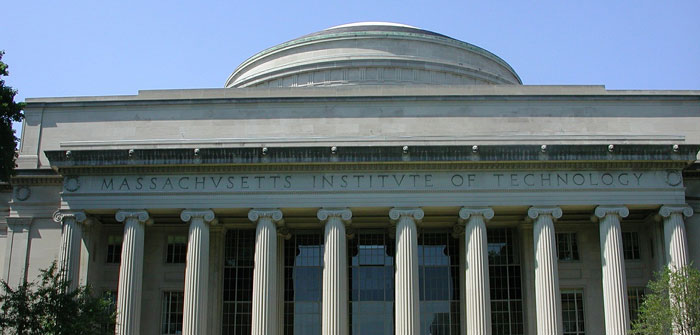Researchers at MIT claim to have invented a “revolutionary” method for removing CO2 from the air.
The system, which involves passing air through a stack of charged electrochemical plates, is cheaper and far less energy-intensive than current carbon-capture techniques, say its inventors.
It can also work with the very low CO2 concentration levels found in the atmosphere. This is unlike many carbon-capture methods which require higher concentrations, such as those found in emissions from fossil fuel-based power plants.
The technique is described in a new paper in the journal Energy & Environmental Science by Sahag Voskian, a post-doctoral student at MIT who developed the work during his PhD, and MIT professor of chemical engineering T Alan Hatton.
The electrochemical plates operate like a battery, with carbon dioxide from the air absorbed onto their electrodes as they are charged up. The electrodes are coated with a compound called polyanthraquinone and have a natural affinity for CO2, even when present in very low concentrations.
When the device is discharged the CO2 is released. The released CO2 could either be used for commercial purposes – such as fizzing soft drinks or feeding plants in hot houses – or else stored underground for long-term disposal.
Calling the method “revolutionary”, Voskian said: “The greatest advantage of this technology over most other carbon-capture or carbon-absorbing technologies is the binary nature of the absorbent’s affinity to carbon dioxide.”
In other words, the electrodes either absorb or repel the CO2 depending on whether they are charging or discharging. Other carbon-capture techniques need intermediate steps or the input of significant energy or pressure differences to work.
The researchers are so confident in their invention they have set up a company to commercialize it and hope to develop a pilot plant within the next few years, says Voskian.



